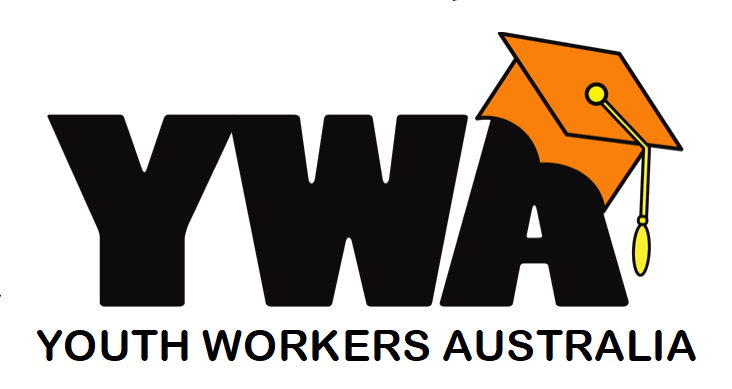By Jane Hickey - Victoria University
At the most basic level, communication requires a sender, a receiver and a message. Let’s consider this blog post. As the author, I am considered the sender of information regarding communication, as the blog readers you are the receivers, and hopefully the message will become clear- Communication tools become the vehicle for getting the message from the sender to the receiver and then back again! There are many different ways to communicate a message, from billboards, to podcasts, a protest rally or a handwritten letter to name a few. The sender may target one receiver, or there maybe thousands of receivers of the message. Communication is a means to build relationships, express emotions and feelings, have our needs met, make a contribution to the community and to be understood and validated. There are times when the message and meaning is clear, such as ‘Will you marry me?’ and other times where the message can be interpreted in several different ways, for example song lyrics!
Many of us rely on verbal communication and pragmatic language in our day to day life. Verbal interactions occur at work and school, in your family and personal life, and running everyday errands in your local community. Pragmatic language requires language to be used for different purposes, changing language according to the environment and context and following social rules regarding conversation.
So, what happens if the young person that you support has not acquired verbal speech?
Being referred to as ‘non-verbal’ is deficit focused and infers that verbal speech is the ‘norm’ or what ‘should’ be attained. A person who has not acquired speech can be a very effective communicator when they have access to tools that assist the communication process. Someone using Alternative and Augmentative Communication (AAC) has a diversity of communication tools available for effective interactions between the sender and receiver. There are so many examples of AAC tools available- many at no cost or low cost, and also no tech and tech options. No tech options are vital for communities were internet and technological resources are not available or cost prohibitive.
Using an interdisciplinary team working together with a young person at the centre will have the best outcomes for the young person. Ensure that all practitioners working with the young person are empowering, directed by the young person and committed to effective communication (rather than solely focused on acquiring speech).
Check out the resource list and webinar here for further information about AAC tools…..
